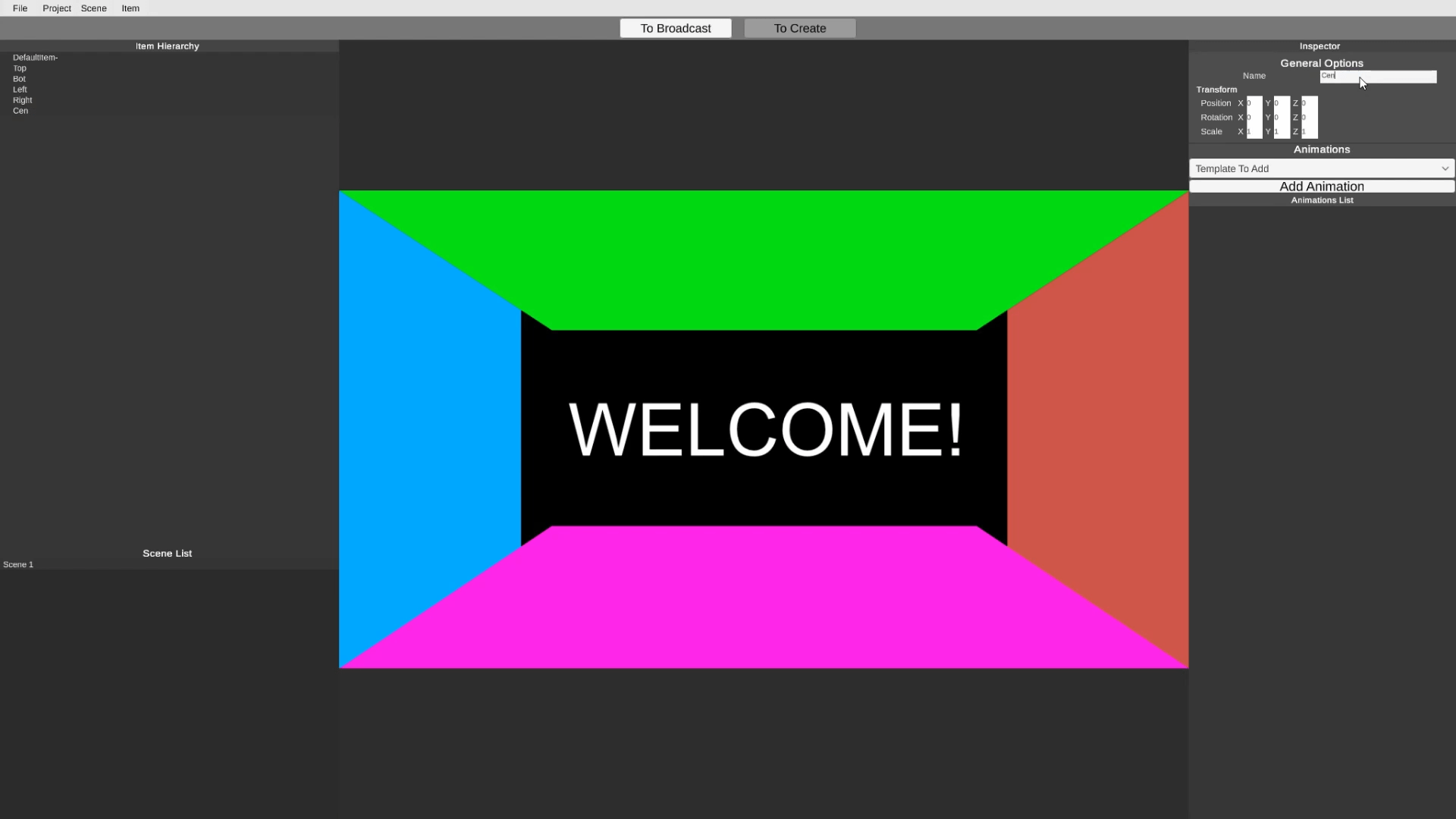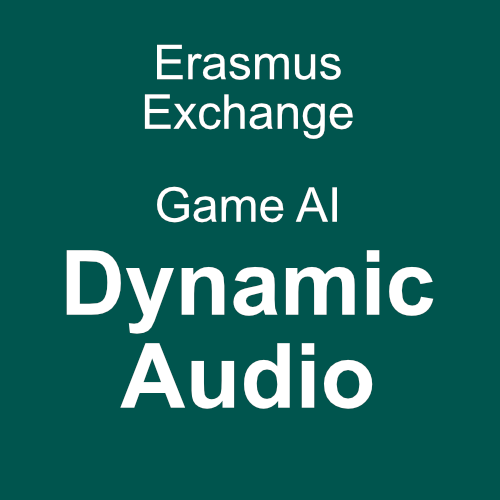Project Description
You can find the source code under a MIT License here: https://gitlab.com/Robinaite/On-Air-Graphics-Using-Unity
This project was developed for a University Internship done at GOATPixel (Braver media Group). The objective was to create a prototype of how we could use real-time rendering techniques for on-air graphics, with a focus on the rising needs for Esports live broadcasts. The idea was to use Unity as a base, due to it’s powerful real-time rendering engine and interactive aspects.
For more about the internship you can read the internship report: Internship Report
In the internship report you can find the following sections:
- Introduction to On-Air Graphics
- State of the Art
- Analysis & Design of the solution
- Implementation
- Conclusions & Limitations
- References
- Project Feature Demonstration Video
- Abstract
Project Feature Demonstration Video
Abstract
Digital content is getting increasingly more important as it is where the new generation of people are getting their information and entertainment from. There is especially a growth in live content creation and sharing, as it is easy to make while interacting directly with the target market.
These live contents, more often called Live Broadcasts, need On-Air graphics, also called Overlays, to help explain what is happening and to increase the quality of the broadcast itself.
There is, in the creation of On-Air Graphics, a huge gap between high-end products and low-end products. This gap constitutes especially of features on the creation of dynamic and animated On-Air Graphics in combination with the cost of usage of the respective products.
The product created makes use of pre-existing technologies as much as possible, as to lower the development costs. These technologies give the necessary tools to create animated and dynamic On-Air Graphics with the same quality as the ones created by high-end products.
The technology chosen for the development of this product is Unity. As Unity is primarily a game engine, its features will allow the easy development of a product that will be able to create animated and dynamic On-Air Graphics. The reason for selecting a game engine is that games require high quality levels of animation and dynamicity, which are the same requirements for creating great On-Air Graphics.
The product developed showcases that there is an increasingly need for these kinds of products that make use of real-time rendering techniques. As the fidelity and performance of real-time rendering techniques increases, just so will the animated and dynamic On-Air Graphics.




